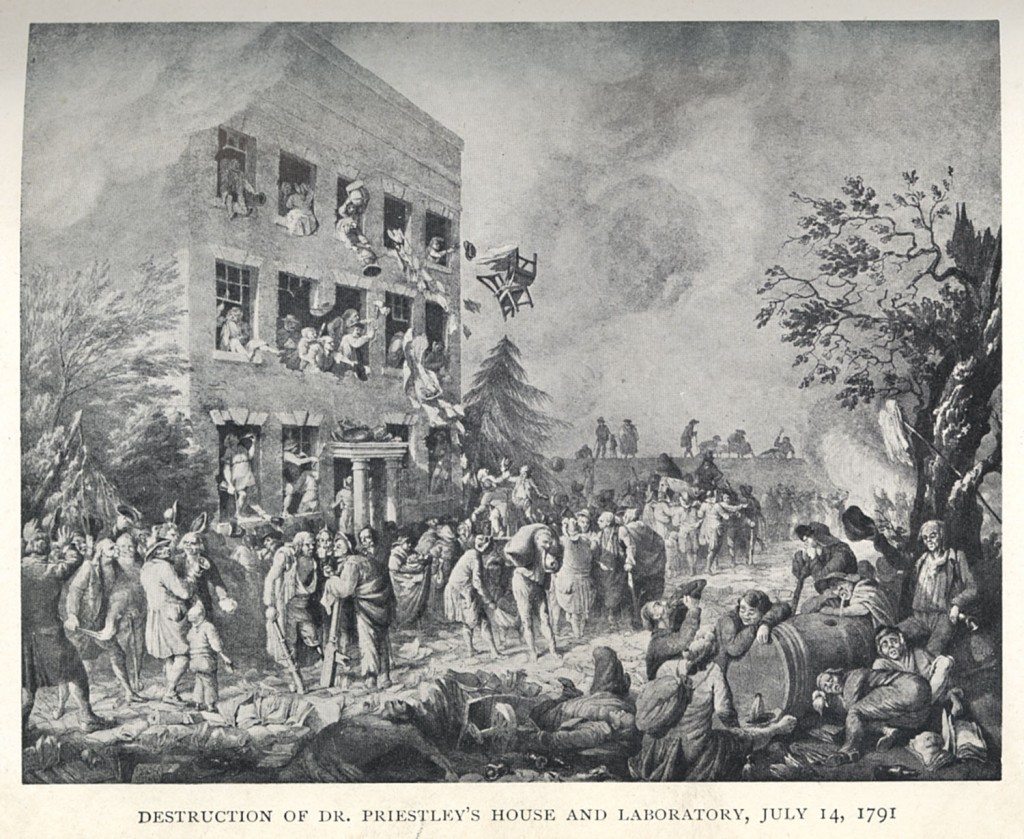Mary and Martha Russell and the Birmingham Riots of 1791
Image: Destruction of Dr Priestley’s House and Laboratory, Fair Hill, Birmingham, July 14 1791. After a picture sketched on the spot, now in the passion of Madame Belloc, London. Jeyes, S H, The Russells of Birmingham in the French Revolution and America 1791-1814 (London, George Allen & Company, Ltd., 1911).
Image from: Local Studies and History, Birmingham Central Library
While Lady Catherine Wright was busy in her private laboratory in Devon and struggling to understand the works of Joseph Priestley, Priestley himself was becoming increasingly the object of suspicion in Birmingham. The shock waves from the French Revolution in 1789 crossed the Channel and caused much nervousness, and any groups perceived as radical attracted mistrust.
Nonconformists such as Priestley were the main targets of the episode known as the “Priestley Riots”, which took place in Birmingham in 1791. The catalyst for these riots was a dinner at a Birmingham hotel, planned by a group of leading Birmingham nonconformists to take place on 14 July, to mark the anniversary of the storming of the Bastille and commemorate the liberation of the French people. Notwithstanding the diners’ assurances of patriotism, a mob chanting “Church and King for ever!” attacked their homes. The riots lasted five days, during which time the houses of a number of prominent citizens were ransacked and burned, and the occupants had to flee for their lives. Priestley, who on advice had not attended the dinner, lost all his scientific equipment and papers and left Birmingham, never to return. Some of the rioters died when they were too drunk to escape the flames which they themselves had started at Easy Hill, on the site of the present Baskerville House. The belated arrival of the militia finally put an end to the disorder.
Among those forced to escape were Mary, Martha and Tom Russell and their father, William, who was a friend of Joseph Priestley and one of the guests at the dinner. The Russells’ home, Showell Green House near Moseley, was one of the houses destroyed. The Russell women kept journals which give vivid accounts of the events of those five days and their subsequent travels.
With the shouts of the mob in the distance, the Russell girls packed up some of their possessions before escaping on foot across fields to Warstock. Next day came the news that their home at Showell Green was in flames. The girls and their young brother set off to walk by moonlight to Alcester, hiding under hedges when mobs of rioters on horseback galloped by. At Alcester they met up again with their father and were able to take their own chaise and travel on to Stratford and London. There they found the Priestleys. After a few days the Russells returned to Birmingham, staying with their uncle in New Hall Street while William Russell courted further controversy by endeavouring to get restitution for those whose homes had been damaged or destroyed in the riots. Priestley emigrated to America in April 1794, promising William Russell that Mary and Martha should have a safe home with him if they wished to join him there.
« Previous in this sectionNext in this section »Continue browsing this section
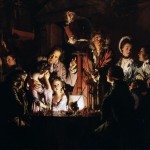 The other side of the Coin: Women and the Lunar Men
The other side of the Coin: Women and the Lunar Men
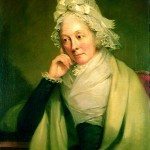 The Lunar Men and the Status of Women
The Lunar Men and the Status of Women
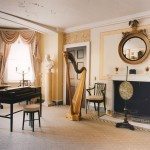 Miss Ann Boulton
Miss Ann Boulton
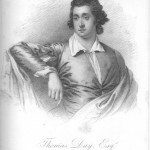 Sabrina and Lucretia: a failed experiment
Sabrina and Lucretia: a failed experiment
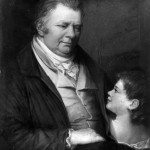 Educating Amelia
Educating Amelia
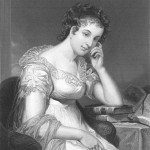 Maria Edgeworth
Maria Edgeworth
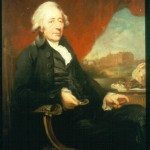 Mrs Elizabeth Montagu, the “Queen of the Blues”
Mrs Elizabeth Montagu, the “Queen of the Blues”
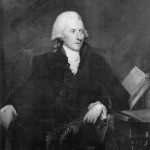 Mary Knowles
Mary Knowles
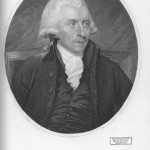 Lady Catherine Wright
Lady Catherine Wright
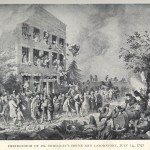 Mary and Martha Russell and the Birmingham Riots of 1791
Mary and Martha Russell and the Birmingham Riots of 1791
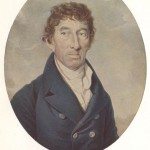 The Escape of the Russells from Birmingham to France
The Escape of the Russells from Birmingham to France
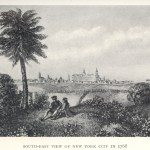 The Russells in America
The Russells in America
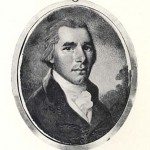 The Return of the Russells to England
The Return of the Russells to England



